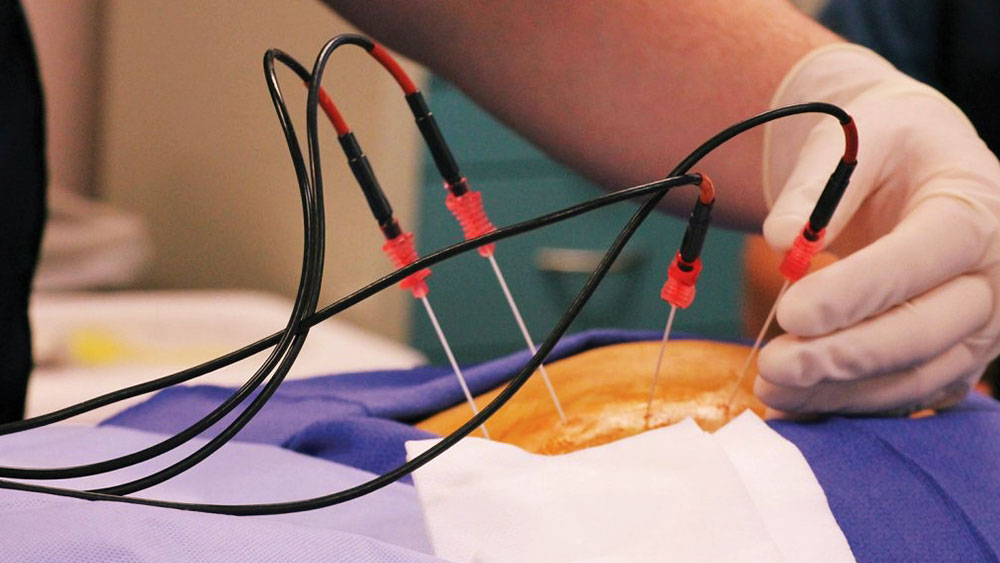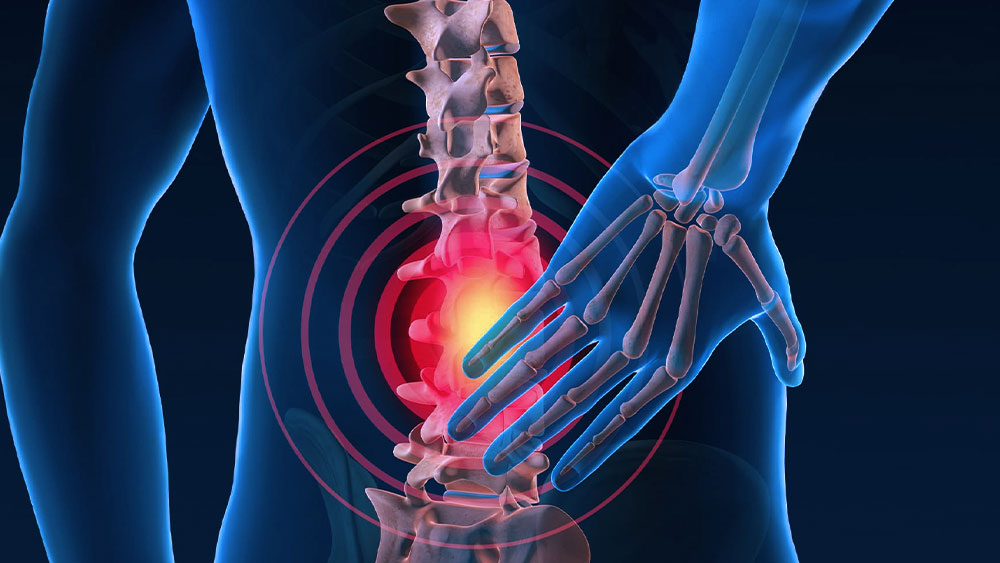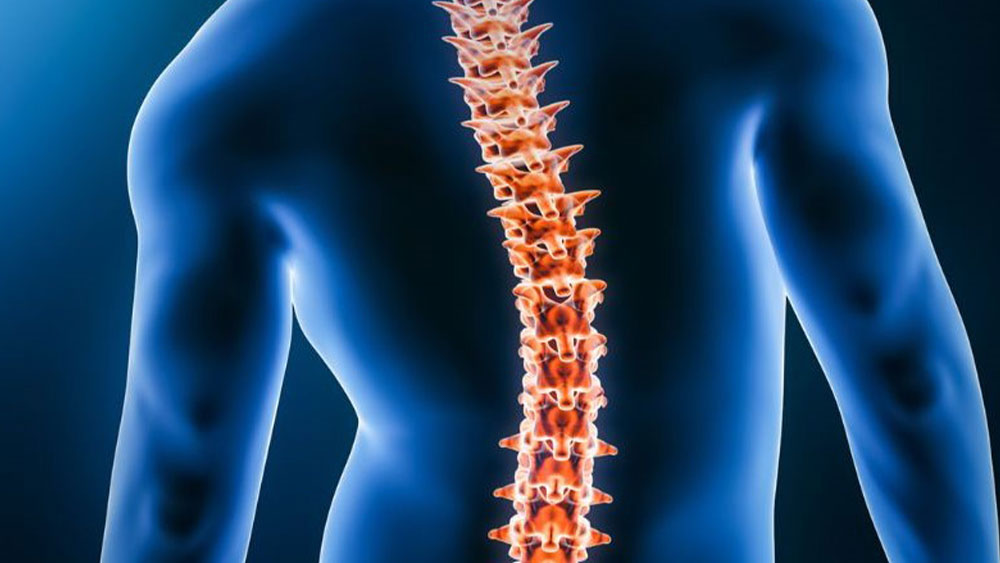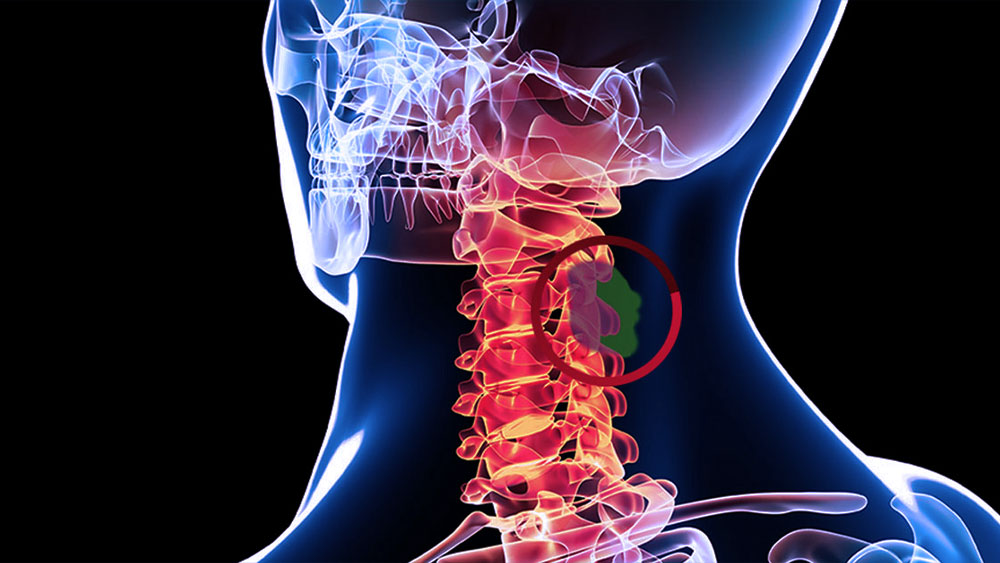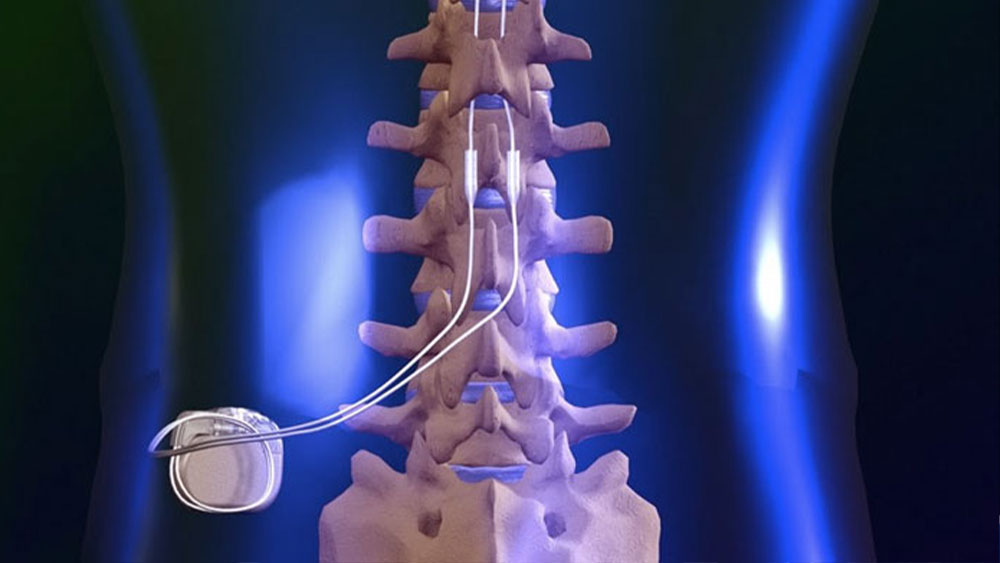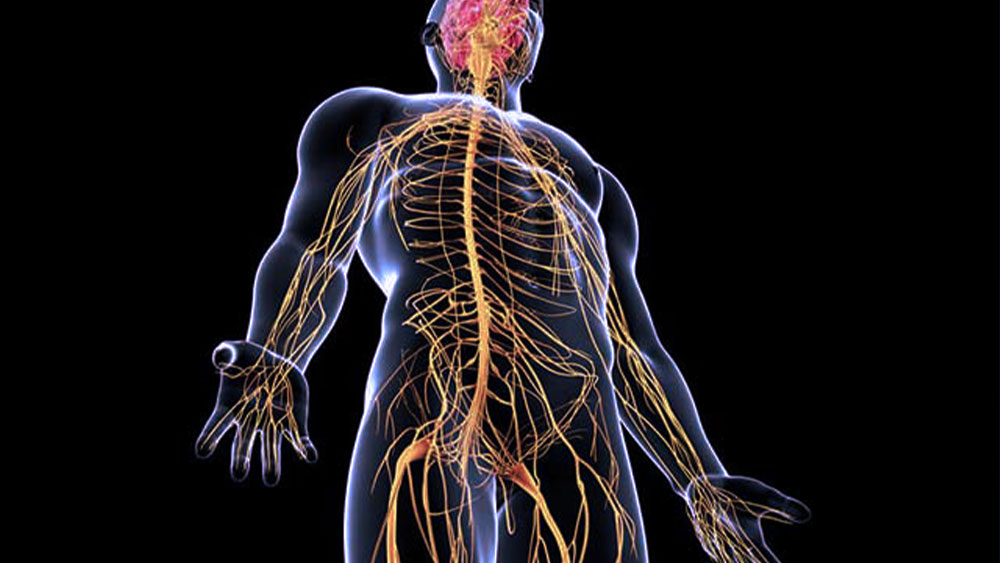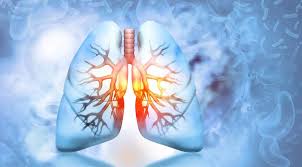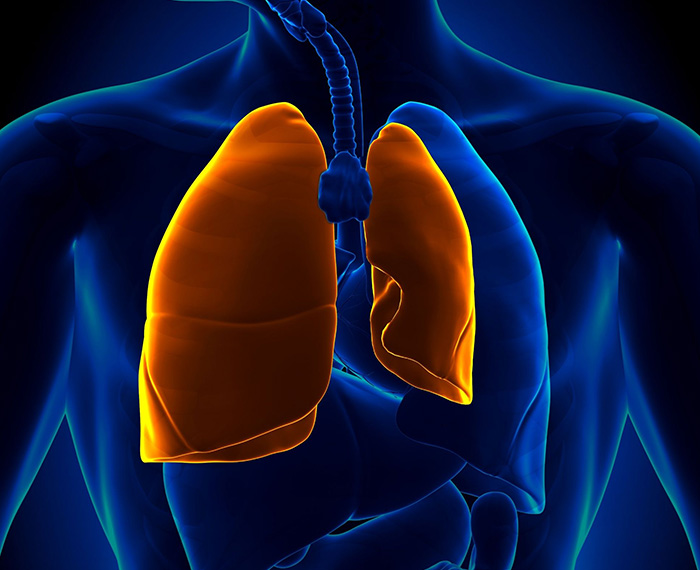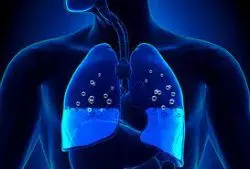What is a Pulmonary Nodule?
Pulmonary nodules are lesions in the lungs with a diameter smaller than 3 cm, which can occur for various reasons. They may result from a previous lung infection, benign tumors, primary lung cancer, or metastases from other organs. Commonly, they are referred to as “spots on the lung.”
Most nodules do not cause symptoms and are often discovered incidentally during imaging performed for other reasons.
Evaluation of Pulmonary Nodules
Approximately 30% of lung CT scans reveal one or more nodules. Proper assessment is crucial, particularly the size:
-
Nodules ≤3 mm carry a cancer risk of about 0.2%,
-
Nodules 8–20 mm have a risk of 18%,
-
Nodules >20 mm have a risk exceeding 64%.
An increase in size of more than 25% compared to previous scans indicates a higher risk of malignancy. Irregular nodule margins increase cancer risk fivefold, while calcification usually suggests a benign lesion.
PET-CT is a common method to differentiate benign from malignant nodules, with a sensitivity of 83–100%. Needle biopsy can also be performed; for nodules smaller than 1 cm, diagnostic yield is around 60%, increasing with size.
Treatment Approach
High-risk patients (smokers, family history of cancer) usually undergo surgical removal of nodules. Low-risk patients may be monitored with periodic imaging. Nodules in peripheral lung regions are often removed via VATS, while central nodules may require a mini-thoracotomy.
Factors considered in evaluation:
-
Patient age
-
Smoking history
-
Family cancer history
-
Previous lung infections
-
Presence of nodules in prior imaging
-
Radiological features of the nodule

